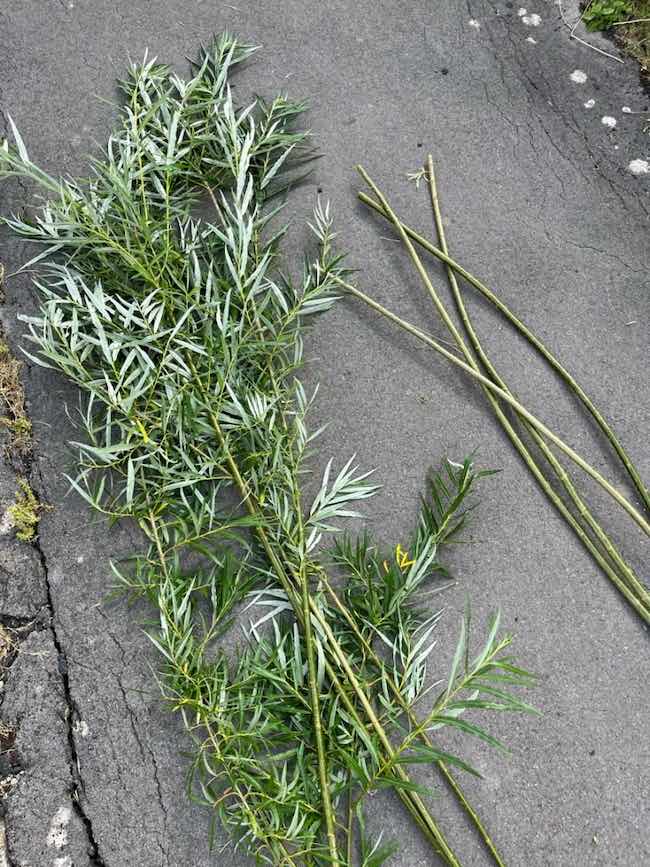A Garden Helper: Growing and Managing Willow Stems for Plant Support

The garden is a dynamic ecosystem filled with plants that thrive and evolve throughout the seasons. Experienced gardeners know that controlling plant growth to prevent encroachment on pathways can be quite challenging. Luckily, willow stems offer an innovative and natural solution as plant supports that require annual pruning. However, it’s important to consider the vigorous growth and quick rooting abilities of willow stems, which may necessitate their own management. In this article, we’ll explore how to effectively utilise willow stems for plant support while mitigating the risk of excessive growth.
Selecting and Planting Willow Stems
Choosing the right willow variety for your garden is crucial. ‘Golden Curls’ (Salix x sepulcralis ‘Erythroflexuosa’) and Pussy Willow (Salix caprea) are excellent choices due to their flexibility and vigorous growth. Purchase willow stems, also known as willow whips, in late winter or early spring when the tree is dormant to increase the chances of successful rooting and growth.
When planting, ensure the soil is rich and well-draining, as willows prefer moist conditions but not waterlogged ones. Bury approximately two-thirds of the willow stem in the soil, leaving one-third exposed. Thoroughly water the newly planted willow whips.
Managing Growth
Willow stems have a rapid growth rate and can sprout new shoots that root wherever they touch the soil. To prevent unintended growth, consider planting the willow stems within a buried container or installing root barriers around them. This will limit the spread of their root systems and control their growth.
Providing Plant Support
As the willow stems grow, they can be manipulated and woven together to create support structures for other plants. You can train them into low arches or fences, acting as natural barriers to keep your plants away from paths. A single, sturdy stem can serve as a stake for taller or climbing plants, offering support as they grow.
Pruning and Maintenance
The key to using willow stems as plant supports lies in their annual pruning. After your plants have flowered each summer, trim the willow stems downwards to manage their size and shape. This encourages bushier growth, providing enhanced structural support for the following season. Remember, prunings from willow trees can root and grow, so avoid composting them or allowing them to make contact with the soil. Dispose of them responsibly instead.
Potential Risks
Despite their numerous benefits, growing willow stems does come with certain challenges. Their rapid growth can become problematic if not regularly maintained. Additionally, willows can attract pests like aphids and beetles, which may affect other plants in your garden. Regular monitoring and integrated pest management practices can help mitigate these issues.
